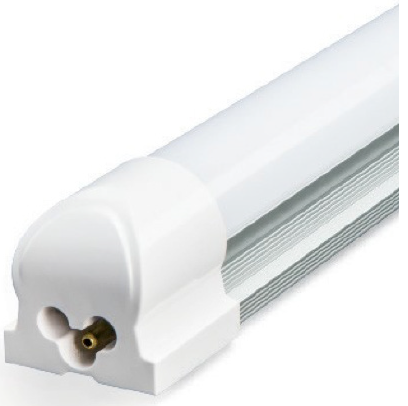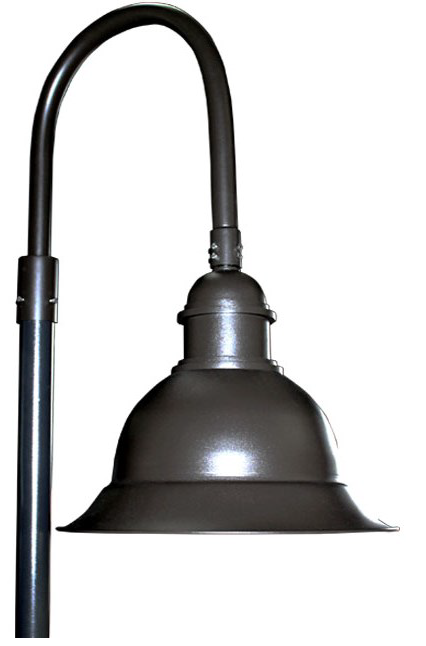Efficient Lighting Becomes a Business Priority

Efficient Lighting Becomes a Business Priority With growing concerns about energy use, building professionals say efficient lighting has become business priority and that increasingly they are turning to LEDs as a solution, a new survey found. The inaugural lighting survey conducted for Osram Sylvania showed that 81 percent of the 350 building and lighting professionals […]
Energy Efficiency Audits Uncover Savings

Energy Efficiency Sleuths Uncover $350M in Savings Consider these numbers: $350 million in net operating savings over the project lifetimes, 400,000 metric tons of annual greenhouse gas emissions, and more than 650 million kilowatt hours of electricity. These are the astonishing savings unearthed by 51 EDF Climate Corps fellows working at Fortune 1000 companies this […]
US as an Energy Efficiency Leader

Consumer Reports is offering five tips on how to transform the U.S. from an energy hog to a global energy efficiency leader. The advice along with seven ideas on how to decrease household energy consumption grew out of a nationwide survey the magazine conducted after recent data showed that U.S. per capita consumption of energy […]
